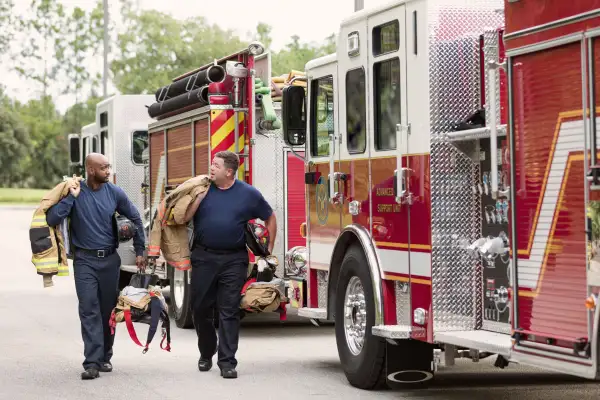Public Service Loan Forgiveness: 3 Recent Changes That Make It Easier for Borrowers

A government program to help public servants pay off their student debt is now a little easier to navigate. Recent changes from the office of Federal Student Aid could even reduce the amount some borrowers ultimately pay on their loans.
Public Service Loan Forgiveness, often referred to as PSLF, is a program that allows some federal loans to be forgiven for borrowers employed by qualifying non-profit organizations or government agencies.
To have loans forgiven, borrowers have to make 120 on-time payments while working for a qualifying employer and while enrolled in a qualifying repayment plan. If made consecutively, that’s ten years of payments before your remaining balance would be forgiven, tax-free.
Until now, it didn’t make a lot of sense to make lump-sum payments if you were working toward PSLF, since it wasn’t the amount of the payment that counted toward forgiveness but the number of payments made.
In the past, if a borrower made a lump-sum payment, it was counted as one single payment, even if it was equal to several monthly payments. However, with recent changes, now larger payments can be counted as if they were separate monthly payments, essentially advancing your progress toward forgiveness. One larger payment can count for up to 12 payments.
“The lump-sum payment is a big deal,” says Jill Desjean, policy analyst at the National Association of Student Financial Aid Administrators (NASFAA).
She says that this is especially beneficial for borrowers that may be getting additional help paying down their loans. This would include those in AmeriCorps, Peace Corps and Department of Defense loan forgiveness programs or for those with employers who offer repayment programs.
Here’s how it works: Let's say your monthly payment is $100 and you are set to recertify your income-driven repayment plan (a required step in which you submit annual proof of income) in June. If you paid $700 in December, it would count as seven eligible payments. Previously, it would have only counted for one.
Desjean points out that even for borrowers not receiving assistance, this change is still helpful. It allows them to be diligent by putting extra money toward their loans when they can and actually having that count toward forgiveness.
Travis Hornsby, founder of Student Loan Planner, called the change a welcome development. It will let people who qualify for a double-dose of forgiveness programs pay less toward their loans. For example, dentists working on Native American reservations qualify for a lump sum payment on top of the Public Service Loan Forgiveness program, he says.
“In extreme cases…this could actually allow someone to not have to pay a dime on their student loans,” he says.
Hornsby points out it's important for borrowers to remember that excess payments only cover until your next annual income recertification is due. Say your monthly payment is $1,000, and your employer pays $25,000 towards your loans. If the payment is made in July, but you are required to recertify your income-driven repayment plan in April, you’d only receive nine months of payment credit.
In addition to the changes to how lump sum payments are treated, the Department of Education also made advancements to the PSLF help tool, made it easier to look for eligible employers, and streamlined the application process.
In the past, borrowers were required to fill out a different form, depending on whether they were certifying their employment, applying to PSLF, or applying to a temporary PSLF expansion program. Now there is one single form.
“If you give people a choice of five forms to fill out, they are probably going to fill out the wrong form,” Desjean says. “You can’t make a mistake if there’s only one form.”
Another improvement is a new employer database. There hasn’t been a definitive source of qualified employers for borrowers interested in pursuing PSLF, Desjean says. Now borrowers can look up an employer as they are applying for a job. Recent changes also aim to help borrowers make sure they have the right type of loans to qualify.
“All of these changes are really welcome in terms of helping to avoid missteps along the way that could cost borrowers,” Desjean says.
More from Money:
Student Loan Borrowers Just Received Another Month of Relief. Here's Why It Could Be Much Longer
The 3 Current Student Loan Forgiveness Proposals: Who Would Qualify?
Colleges Are Lowering Tuition Prices. But Most Students Won't Save a Penny
